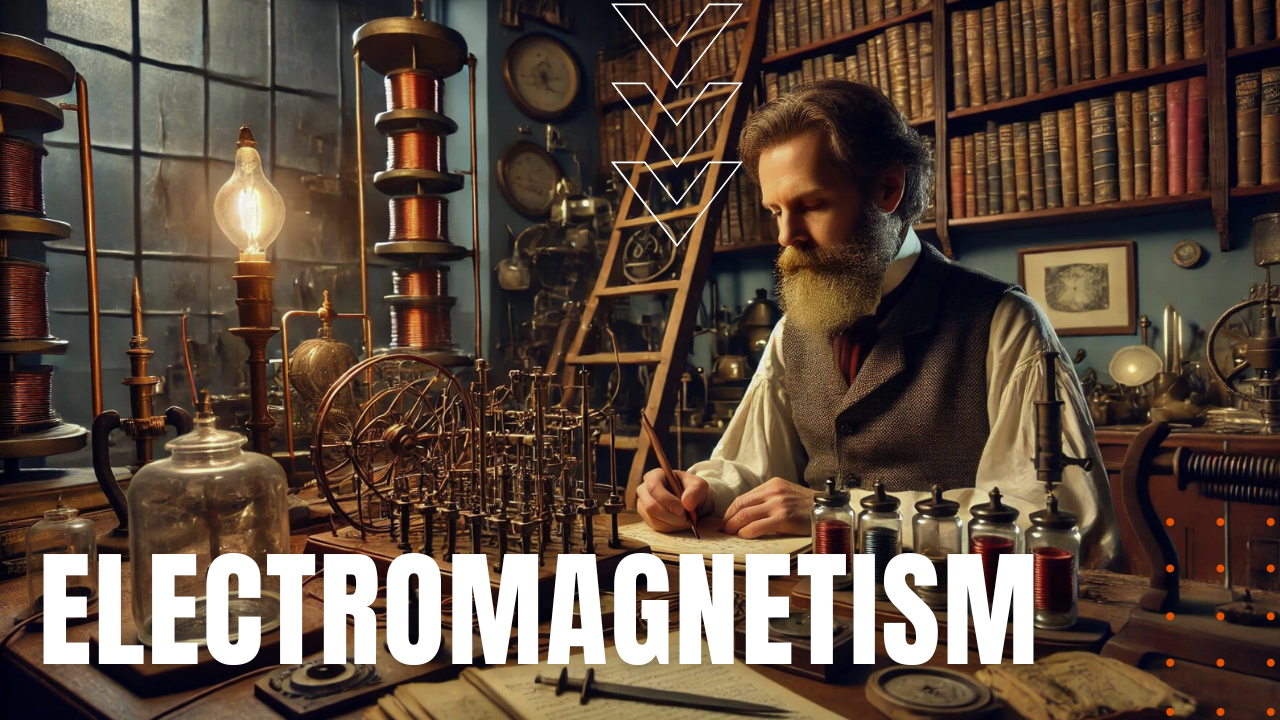The Physics of Electromagnetism

Considered one of the four fundamental forces of physics, electromagnetism describes the interaction between electrically charged particles and their resultant magnetic fields, which today forms the basis of a good number of technologies we now take for granted, such as electricity, telecommunications and navigation, as well as our fundamental understanding of the nature of the universe. While electrostatic force and magnetic force may at first appear different from one another, they’re in fact exactly one in the same, since electromagnetism can only act on objects that possess an electric charge, yet unlike charged particles, which can either be positive or negative, a magnetic field has both positive and negative areas known as north and south poles, wherein the same poles repel each other, while opposite poles attract.
Fundamental Principles
Electromagnetism can be further understood by several fundamental principles, including Coulomb’s Law, which states that the force between charged particles is directly proportional to the product of their magnitudes and inversely proportional to the square of the distance between them. Next comes the Biot-Savart Law, which describes the effects of moving charges as they flow through conductors such as wire, which in turn generates a circular magnetic field around the conductor current, forming the basis of electromagnets used in modern technologies such as speakers, motors and MRI machines. Maxwell’s equations, furthermore, provide yet another cornerstone behind our understanding electromagnetism, describing how electric and magnetic fields interact and propagate through space in the form of electromagnetic phenomena such as light and radio waves.
Quantum Electrodynamics
Electromagnetic theory also includes behaviors such as electromagnetic induction as described by Faraday’s Law, wherein a changing magnetic field induces an electric current in a conductor, which in turn underlies the function of devices like transformers, generators and induction cooktops. After physicists had mastered the basic laws and behaviors of electromagnetism, such foundational knowledge led to the quantization of electromagnetic fields, giving rise to quantum electrodynamics or QED, which further describes the interaction of matter and light at the subatomic level, making electromagnetism, one of the four horsemen of classical physics.
